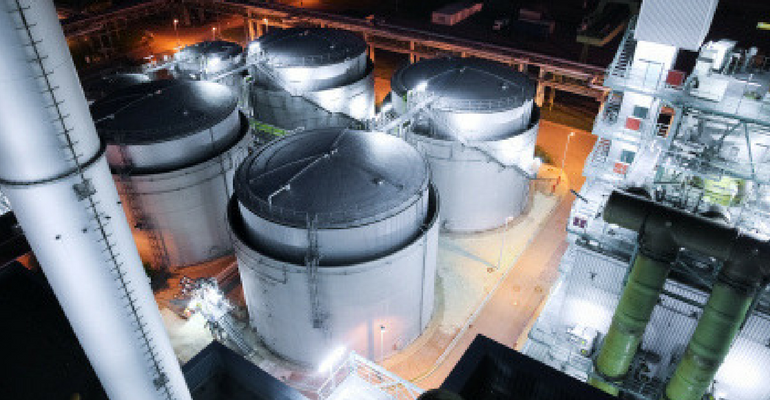How Do I Know If 40 CFR 112 Applies To My Facility?

The EPA enacted 40 CFR 112 to address concerns regulators have with releases and leaks at facilities with aboveground storage tanks storing oil products. The idea behind 40 CFR 112 is to make sure these locations have prevention plans in place, routine inspections & countermeasures that would prevent oil spills from entering streams, lakes, rivers, ponds etc.
The EPA bases applicability on four questions. A “YES” answer to all four questions means that 40 CFR 112 applies to your location.
1. Are you a non-transportation related facility?
According to 40 CFR 112, the EPA considers ALL the following broad classifications of businesses to be non-transportation related:
- Oil storage
- Oil drilling, oil refineries
- Construction sites, power generators
- Airports, marinas
- Fish canneries & farms.
This definition encompasses car dealerships, municipalities, warehouses or basically any industrial, commercial, or public facility using or storing oil. If the definition fits your location, and most likely it does, you are a non-transportation related facility and meet the first requirement of 40 CFR 112. Proceed to question 2 about oil storage.
Exceptions: The EPA issued a few very narrowly defined exemptions to the “non-transportation related” definition. If your facility is in an exempt category, 40 CFR 112 will NOT apply.
- Heating oil storage for single family residences – EXEMPT
- Pesticide application equipment & containers- EXEMPT
- Underground oil storage at nuclear facilities- EXEMPT
- Lines running intra-facility regulated by US DOT – EXEMPT
- Produced water containers – EXEMPT
GET YOUR SPCC PLAN REVIEWED TODAY!
2. Do you store oil?
The EPA defines oil very broadly as “oil of any kind or in any form”. If you store any of the following substances, you store oil under 40 CFR 112 and meet the EPA definition:
- Petroleum, fuel oil, sludge, oil refuse
- Oil refuses and oil mixed with wastes
- Fats, oils or greases from animals or fish
- Vegetable oils including oil from seeds, nuts, fruits or kernels
- Synthetic oils and mineral oils.
If the answer is yes, proceed to question 3 about storage capacity.
3. Do you have bulk oil storage capacity?
How is bulk storage “capacity” defined? 40 CFR 112 defines bulk storage as any container storing oil at a facility which is another broad definition! However, there is a second qualifying question. In order for 40 CFR 112 to apply, bulk storage at the facility must meet ONE of the following capacity requirements:
- Aboveground oil storage capacity greater than 1,320 gallons OR
- Completely buried oil storage capacity greater than 42,000 gallons.
- Don’t count containers less than 55 gallons. When calculating capacity, do not include any oil storage container with less than 55 gallons.
40 CFR 112 applies to underground storage tanks: Many facility operators mistakenly believe that SPCC rules only apply to aboveground storage tanks. According to this definition, a facility with more than 42,000 gallons of underground storage falls under the SPCC guidelines.
4. Is there an IMPACT to navigable waters?
According to the EPA, the final determination is whether there is “a reasonable expectation of a discharge into or upon navigable waters of the United States or adjoining shorelines.”
EPA has a very broad view of what is considered an impact to navigable waters.
A spill of only one gallon of oil can contaminate a million gallons of water. This is the EPA’s view and the statement is taken directly from an EPA SPCC guidance document. Knowing this is the breadth of the problem perceived by the agency, there aren’t going to be many exceptions to the rule.
EPA considers navigable waters’ requirement to include the site’s proximity to:
- Streams, ponds and ditches
- Storm or sanitary sewers
- Wetlands, mudflats, sandflats
- Other navigable waters
Exemptions are rare: A stream or a sanitary sewer is considered navigable water which means very few facilities will be exempted from the navigable water definition. If you think your facility may be exempted, contact us to make sure you’re in compliance.
What to do next?
- Create an SPCC Plan.
- SPCC self-certification may be an option.
- Determine the type and frequency of aboveground tank inspection your facility needs.





